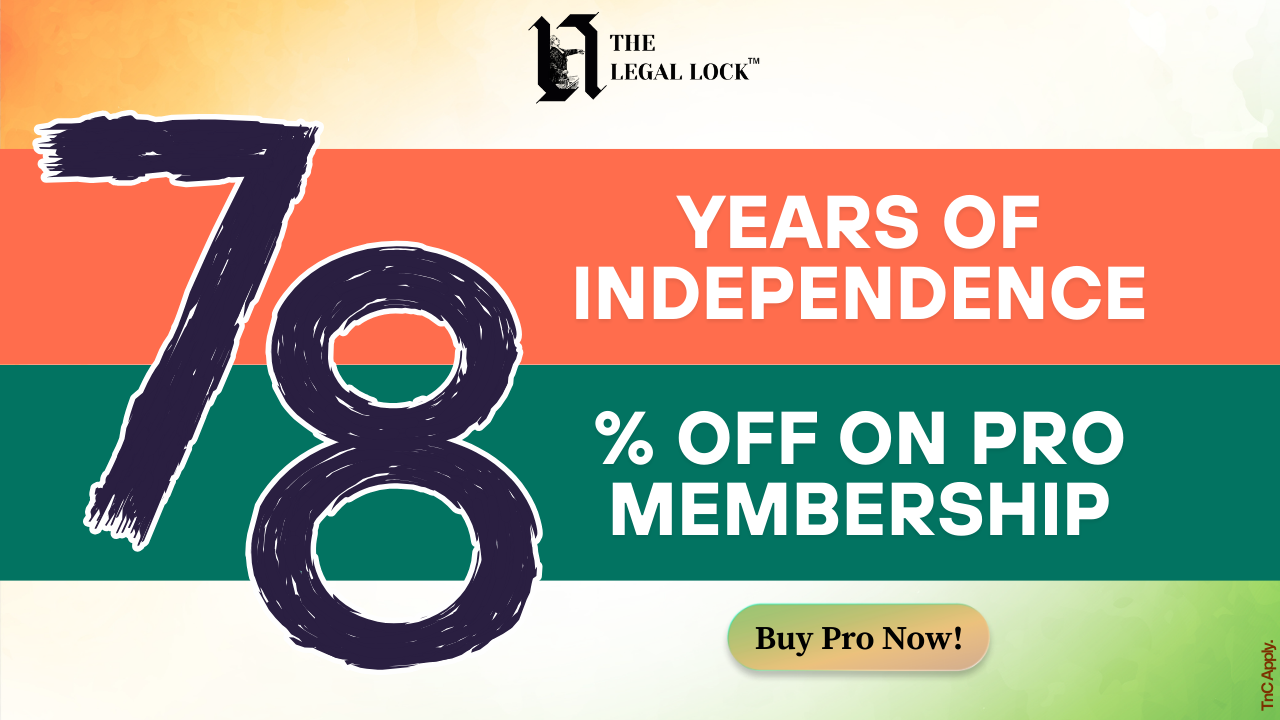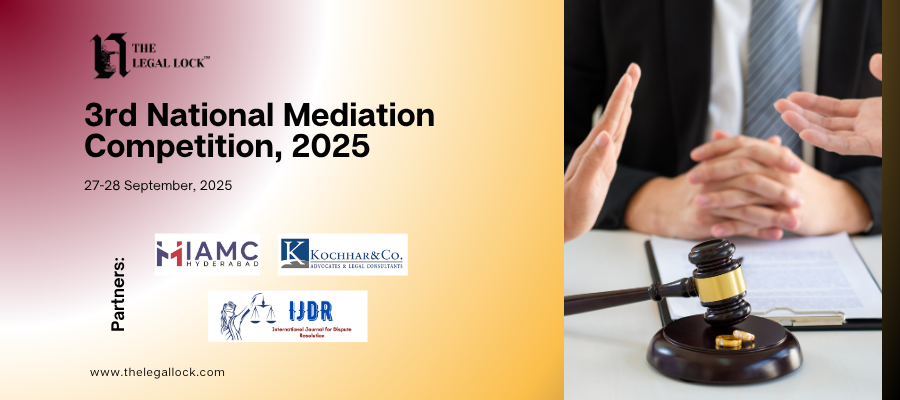Right to Privacy: A Fundamental Right!

Introduction:
The right to privacy is actually a collection of rights. The right to be left alone; the right of a person to be free from any unwarranted publicity; the right to exist without any unwarranted involvement by the public in topics with which the public is not necessarily concerned.
The right to privacy is a broad concept that incorporates a number of different rights. Almost every country’s constitution expressly recognizes the right to privacy. Where this right is not officially addressed in the Constitution, as it is in the United States, Ireland, and India, it is implicit in other clauses.
Right to Privacy:
Article 21 of this part states that “No person shall be deprived of his life or personal liberty except according to the procedure established by law”, and this is known as the Right to Life and Personal Liberty.
As a result, this Article bans the state from infringing on a person’s right to life and personal liberty. The term “state” refers to all entities with statutory authority, such as the federal and state governments, local governments, and so on. As a result, private entities’ violations of the right are not covered.
The right to privacy appears to be a very basic and apparent right to have, but it was not recognized as a distinct right by the government for a long time because it was not explicitly specified by the drafters of the Indian Constitution.
Over time, an increasing awareness of a person’s autonomy over his or her own body, mind, and knowledge has emerged, which has been emphasized by the media. This freedom is granted to everyone in the country, not just individuals.
According to this interpretation, the right to privacy also applies to corporations and artificial persons. In this context, the term “privacy” relates to the use and disclosure of personal information.
Evolution of Right to Privacy:
The concept of the right to privacy can be found in Hindu texts dating back to ancient India. Certain issues, including as family matters, worship, and sex, must be kept private, according to Hitopadesh. In ancient times, privacy was associated with “good morality.” However, in ancient Indian writings, this concept was hazy.
The right to privacy was debated for the first time in modern India during the Constituent Assembly debate, but it was not included in the Indian Constitution. Since the 1960s, the right to privacy has been debated as a constitutionally protected right as well as a common law right.
Evolution in Modern India through Case Laws:
- M.P.Sharma v. Satish Chandra said that when it came to the ability to search and seize papers from the Dalmia Group, an eight-judge panel of the Supreme Court ruled that the right to privacy is not a basic right and is not recognized by the Indian Constitution.
- Kharak Singh v. State of Uttar Pradesh– Although a six-judge Supreme Court panel found that there is no basic right to privacy, the provision allowing night visitation was thrown down as an infringement of “personal liberty.” Justice Subba Rao, on the other hand, expressed his dissenting opinion, stating that the right to privacy is a vital component of human liberty, despite the fact that it was not included as a basic right in the Indian Constitution.
- A three-judge bench of the Apex Court affirmed the existence of a basic right to privacy under Article 21 of the Indian Constitution after almost 11 years in Gobind v. State of Madhya Pradesh. As a result, for the first time in the Indian Constitution, privacy received some legitimacy under personal liberty.
- The Supreme Court constructed Article 21 broadly in Maneka Gandhi v. Union of India. Both the rights of personal security and personal liberty recognized by “natural law” are enshrined in Article 21, according to the court. Right to Life has a broad interpretation, which includes the right to privacy within its scope.
- Phone tapping was the subject of People’s Union for Civil Liberties v. Union of India. The Supreme Court found that telephone conversations are frequently of a confidential nature, and that whether the right to privacy can be claimed or has been infringed in a given case is dependent on the facts of the case.
K.S. Puttaswamy v. Union of India
- In this case, the right to privacy has indisputably been elevated to the status of a basic right, and as a result, it will continue to be included in the Golden Trinity of Article 14 (Right to Equality), Article 19 (Right to Freedom), and Article 21 (Right to Information) (Right to Life and personal liberty). Both of the previous judgements, M.P. Sharma and Kharak Singh, are overruled in this decision.
- Puttaswamy, a retired judge from the High Court, questioned the government’s proposed system for a common biometrics-based identity card that would be required for accessing government services and benefits.
- The petitioner maintained that the right to privacy was a separate right granted by Article 21 of the Indian Constitution, which guarantees the right to a dignified existence. The respondent, on the other hand, claimed that the Indian Constitution only acknowledged personal liberty, which may include, but only to a limited extent, the right to privacy.
- The Supreme Court’s nine-judge bench unanimously found that the right to privacy was a constitutionally protected right in India, and that it was an integral aspect of Article 21’s right to life and personal liberty. The right to privacy was bolstered by the judges’ concurring opinions, which recognized that the right to privacy encompasses autonomy over personal decisions, such as beef consumption, bodily integrity, such as reproductive rights, and protection of personal information, such as health record privacy.
- It was also acknowledged that, like all other rights, this one is not absolute, but that it can be limited where it is granted by law, corresponds to a legitimate goal of the state, and is commensurate to the goal it intends to achieve.
- This case increases freedom of expression by recognizing the right to privacy as a separate right that may be enforced, rather than a right that is available only to the extent that it affects constitutionally protected freedoms. It protects freedom of expression through recognizing rights, such as the right to be free from arbitrary and unregulated government action.
Privacy under Contract Law:
- The Indian Contacts Act, 1872 oversees the creation of a contract in India’s legal system. The contractual parties can elect to keep the information regarding the contract confidential in a number of ways, including include a confidentiality clause in the contract when it is being drafted. A breach of the clause may result in the parties’ contract being terminated.
- The parties may only disclose the amount of personal information that they have agreed upon or that is required for the creation of the contract through the privacy or confidentiality provision. As a result of a default, any unauthorized disclosure by one of the parties may result in damages.
Privacy under Tort Law:
- Tort law is unwritten and uncodified, and it is based on precedents. This does not, however, imply that it does not respect the right to private. Harassment, trespass, defamation, nuisance, and breach of confidence are all examples of torts that violate one’s right to privacy.
- For example, the tort of defamation is based on the premise that everyone has the right to safeguard his or her personal life and reputation, and that no one else can harm that reputation by publishing defamatory material about him or making personal information public.
Technology as threat to Privacy:
- Telephone Tapping: This is a serious violation of one’s right to privacy. Article 19 of the Constitution protects a person’s right to freedom of speech and expression, which includes telephonic conversations (2). Section 5(2) of the Telegraph Act, 1885, allows for telephone tapping in India, but only in limited circumstances.
- Data Protection in telecom sector: The right to privacy refers to an individual’s ability to control how personal information is collected, used, and disclosed. Personal information can be found in a variety of places, including family records, educational records, medical records, communications, and financial data.
- Real time Tracking: GPS (Global Positioning System) tracking is now one of the most widely used methods for tracking automobiles. Although this is an excellent technology, it is probable that a person’s right to privacy will be violated as a result of the procedure, as this technology offers a great deal of information after reviewing a person’s behaviors. As a result, it is fair to argue that GPS tracking is a two-edged sword.
Conclusion:
With the rapid growth of technology in recent years, it has become increasingly important to ensure that the right to privacy is appropriately secured.
Because social media has grown so pervasive in our lives, it is critical that everyone be protected in such a way that people’s right to privacy is not jeopardized. The absence of any monitoring mechanism that secures individuals’ private and personal information emphasizes the importance of enacting such a statute that protects their privacy.
Because the flow of data has grown transnational as a result of globalization, there is also a need for a consistent law that is compliant with international privacy regulations.
Though privacy should be safeguarded in all aspects, the right to privacy, like other fundamental rights, is subject to reasonable restrictions that the government can apply in some particular circumstances.










